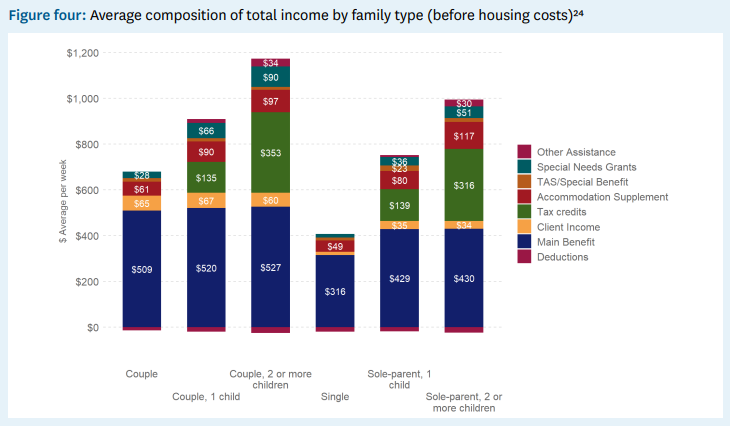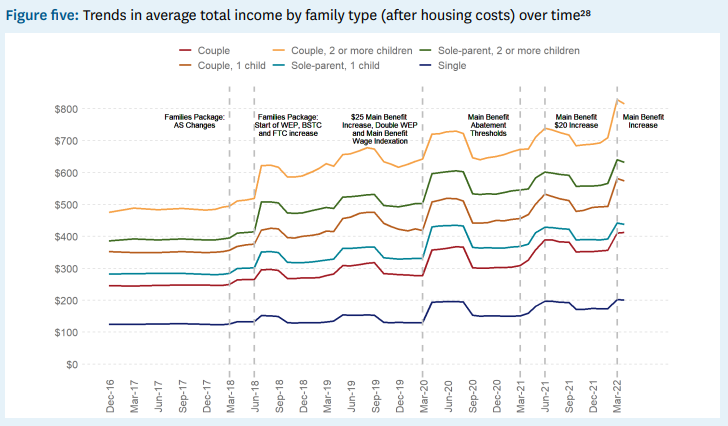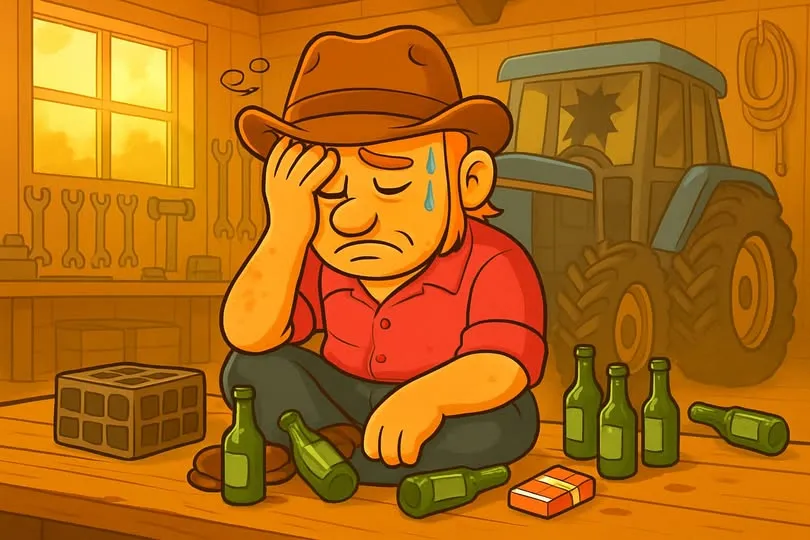Lindsay Mitchell
Lindsay Mitchell has been researching and commenting on welfare since 2001. Many of her articles have been published in mainstream media and she has appeared on radio, tv and before select committees discussing issues relating to welfare. Lindsay is also an artist who works under commission and exhibits at Wellington, New Zealand, galleries.
The Green Party has just issued its election year Ending Poverty Plan. Supportive media reports tend to fixate on basic benefit rates. But these are just one component of benefit incomes. When politicians seek votes to solve a ‘problem’ their interest is always in casting it in the worst possible light. The Greens would have you believe that benefit incomes are at a meagre, barely subsistence level.
Here is data to help you make your own mind up.
Because beneficiary circumstances are many and varied – they might be single; partnered; with or without childcare responsibilities; living with a disability; working part-time or seasonally; studying; living at home or paying a mortgage, etc. – there is considerable variation in incomes.
To this end, the Ministry of Social Development developed a new data set that, “…outlines the full range of financial support main benefit clients receive, including their base benefit payment, supplementary assistance and other ad hoc grants, financial support from Inland Revenue, and any earnings.”
In April 2022 the first report from this dataset appeared. It covered around 378,000 adults receiving an income-tested main benefit.
For background, the complexity that has developed over decades is first described:
“People accessing support through the welfare system can access three different tiers of support:
• Tier one main benefit payments, which are intended to meet the general costs of living, for example Jobseeker Support, Sole Parent Support and Supported Living Payment.
• Tier two supplementary assistance for specific ongoing costs, such as those related to housing, health, and disability, for example the Accommodation Supplement and Working for Families tax credits.
• Tier three hardship assistance that helps people meet immediate and essential costs, which cannot be met from any other income or assets, and can be recoverable or non-recoverable, for example Special Needs Grants.”
Reflecting this complexity, the following graph from the report shows the “average composition of total income by family type before housing costs.” For example, a sole parent with two or more children receives, on average, just under $1,000 weekly before housing costs. This ‘family type’ comprised 50,614 parents with 135,545 children.

(See graph source for explanatory notes)
It is impossible to say what the equivalent income for a sole parent in work would be. Her Family Tax credits would remain, but all other assistance would be adjusted or disappear. Suffice to say $1,000 weekly (or $52,000 after tax annually) is probably not what most New Zealanders regard as ‘living in poverty’. (The childless, single beneficiary is another matter.) Typical New Zealand salaries are listed at this government website and a number fall in and around this vicinity.
Yes, housing is a substantial expense, but that is so whether the renter is a beneficiary or non-beneficiary. Those who live in state houses pay only income-related rents and are relatively better off.
The next graph, which depicts income change between 2021 and 2022, shows the same sole parent with two or more children receives on average $632 weekly after housing costs, up from $548 the year before:

Sticking with the same family-type (green line), the next graph shows how their after housing income rose between 2016 and 2022 from below $400 to $632 and labels each of the Labour government policy changes along the way, for instance, the introduction of the Winter Energy Payment (WEP) causes increases in the June-September period each year:

Extra protection for beneficiaries
The report also describes how benefit incomes have been inflation-proofed:
“From 2018, increases to main benefit payments compensated for rises in inflation and housing costs over time. Since 2018, inflation (excluding housing) increased by 12 percent, while total incomes across all family types grew by 59 percent on average (after housing costs). Overall, peoples’ total incomes after housing costs are, on average, 43 percent higher in real terms now than in 2018.”
And that the Accommodation Supplement rises with rents:
“…as people’s housing costs increase, the amount of support they can receive through the Accommodation Supplement also increases, up to a maximum amount. This mitigates the extent to which increases in housing costs affect total incomes.”
The data is already obsolete with benefits having been adjusted again for inflation (7.22%) on April 1, 2023, but an updated report is yet to be released.
None of the above information is provided as proof life on a benefit is easy.
What it does show is that for beneficiaries with children, incomes are close to those from unskilled work. This means leaving a benefit – which is secure, consistent and adequate – takes a degree of motivation and self-discipline. It gets harder to leave as the benefit rises, which is why the duration of dependency is also increasing.
For those who have grown up in beneficiary households, where low-income levels are ‘normal’, the attraction of work is further undermined.
In response to my last post about new child support pass-on laws effective July 1, which will further increase sole parent incomes by an average of $47 weekly, a couple of readers pointed out that assistance beyond that provided by Work and Income has also accelerated in recent years.
Free school lunches, free period products, foodbanks and social supermarkets, very cheap accommodation in the form of emergency housing, a proliferation of charity shops selling inexpensive household wares and clothing … the list goes on.
Yet the Green Party leaders continue to lambast society for tolerating such a dreadful level of ‘poverty’ which could be fixed overnight apparently if only more money was forcibly taken from the rich and given to the poor.
Undoubtedly there are people struggling. But a policy of ever-increasing income redistribution via the tax system has been in play in New Zealand for generations.
Shouldn’t such a good idea have worked by now?
Or will it continue to be ramped up to the point where there are too few productive, independent people left to fuel it all?
I find myself wondering if the Greens ever ask themselves these questions.
Then … I hope and pray that voters do.









